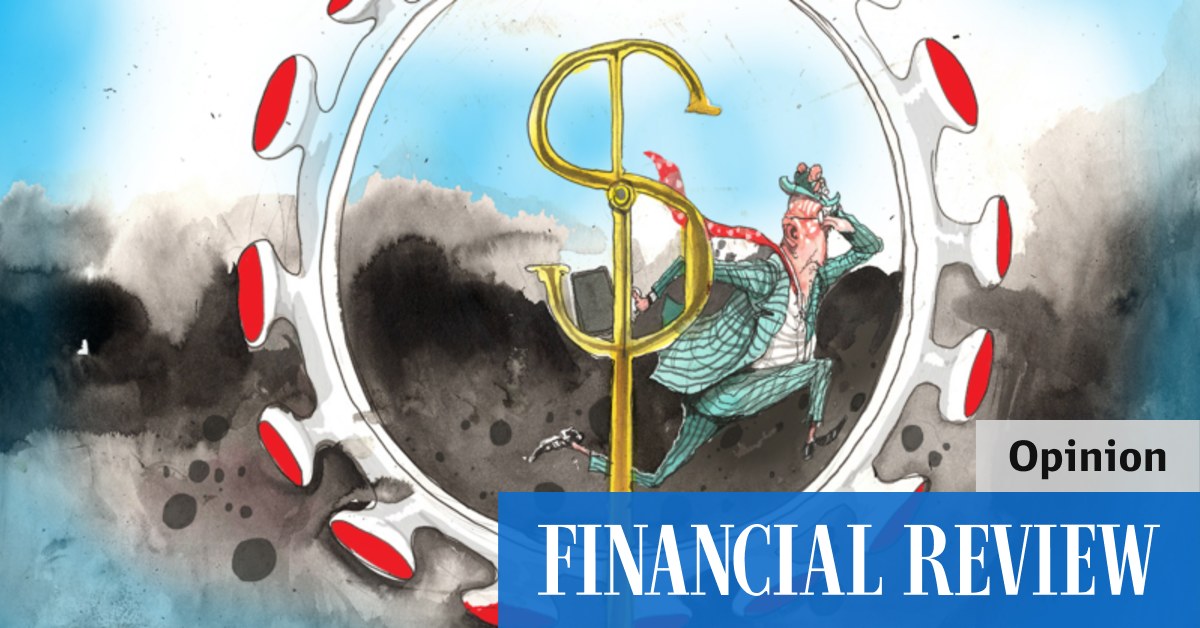Yes, Ansell’s earnings number is not what it was a few years ago and its portfolio needed a spring-clean post COVID-19, but it isn’t a wasteful share issuer. That’s important when you go cap in hand to key investors over a weekend to get their early support.
This time around (as was also the case in November 2013, its last big raising), Ansell is raising to fund a bolt-on M&A deal.
It’s a deal that Ansell boss Neil Salmon told investors he had coveted for more than a decade – Kimberly-Clark’s personal protective equipment business puts together two of the larger players in what is a fragmented market.
Salmon told them it should round out Ansell’s position in the gloves, protective apparel and safety eyewear markets, adding more North American exposure to its portfolio.
Ansell will pay $US640 million ($973 million) and fund it via Monday’s $400 million share placement, a share purchase plan to other investors, and a $US377 million short-term bridge loan.
The Kimberly-Clark asset should add about $US300 million a year in revenue, which is meaningful to Ansell, which reported $US1.66 billion of revenue last financial year.
For the sticklers, an M&A deal of such magnitude was a bit earlier than expected. Ansell is only part-way through a post-pandemic clean up job, which has management cutting costs and simplifying its organisational structure, and expansion wasn’t supposed to be on the agenda just yet.
For the generalists, Ansell used to be a bankable name. A lot of the institutional money fled in the past year, worried that Ansell had a COVID-19 hangover it couldn’t shake, which is why the stock is down 13.3 per cent since last April.
You can bet fund managers from both camps put their hands up for Monday’s book build, run by Goldman Sachs. Some will buy in for the long term, some will want a quick flip. A 6 per cent discount on an earnings accretive deal can make it work for both.
At $400 million, it equals Orica for the biggest share placement in Australia this year. It has been a quiet start to 2024, with boards and management teams generally unwilling to use strong equity markets to issue stock.
The exceptions are things like Ansell’s once-in-a-decade-type M&A opportunity. Ansell wanted to buy Kimberly-Clark’s business, Kimberly-Clark wanted to sell, and for the first time after years of trying, the two sides found a price and terms that could make it work for both. Salmon couldn’t say no.
At nearly $1 billion it is a big bite for Ansell, which had a $2.9 billion market capitalisation and $3.5 billion enterprise value prior to Monday’s deal. The group pushed its balance sheet as far as it was comfortable – net debt to 2.3 times EBITDA – and needed the $400 million equity top-up to meet the purchase price.
If Ansell shares trade well on resumption on Tuesday, expect bankers to ramp up pitching around secondary equity raisings.
Valuations are up, markets are open for deals, and we have heard plenty of fund managers privately boast about their ability to make money from buying into such transactions over the years. Access to discounted share issues is one of the advantages institutional investors have over retail punters.
Will the deal help cure Ansell’s COVID-19 hangover? It’s too early to tell, but a deal alone will not fix the issues evident in its half-year result only two months ago.
But sometimes a board and management team has to take a shot when given the chance. And provided it is a rare shot, and there is cheap stock on offer, fund managers can’t help but buy the story.
Have your say
We are always interested to hear your views on current topics.
Guidelines for how to write an opinion article are here.
Guidelines for how to write a letter to the editor are here. Please send your letter to [email protected]
